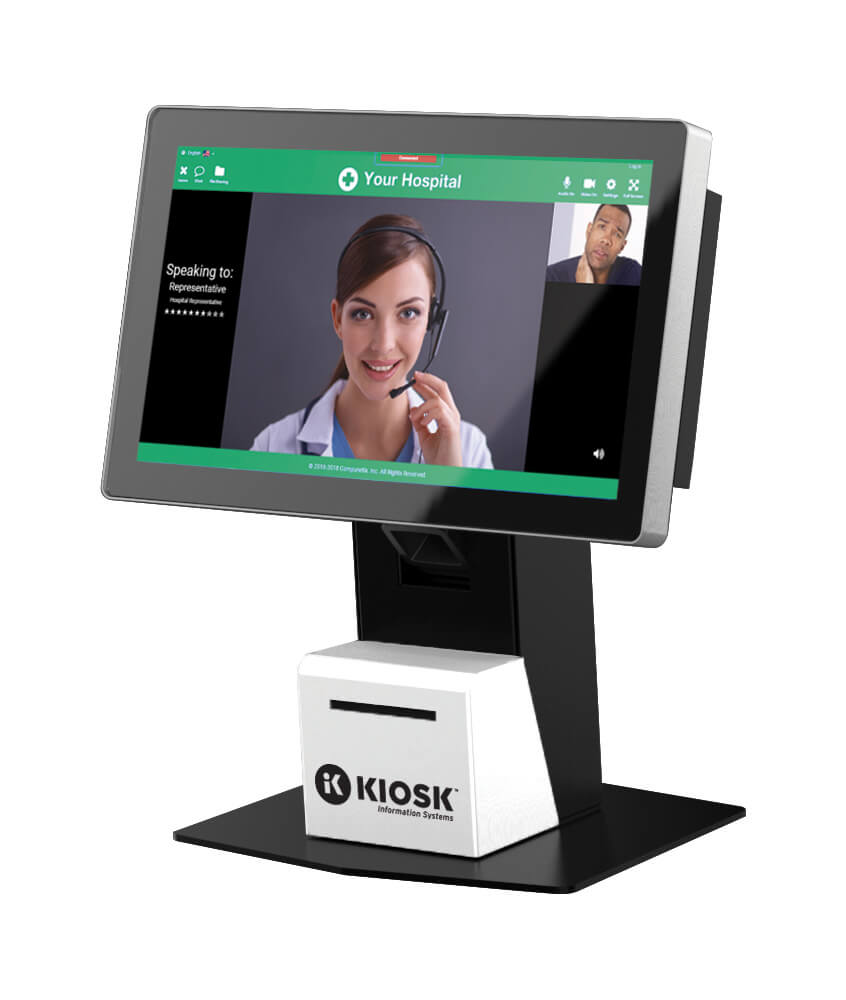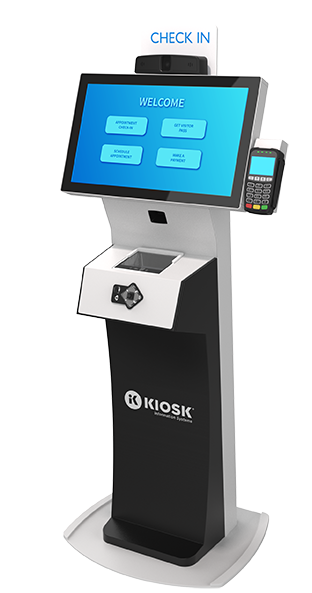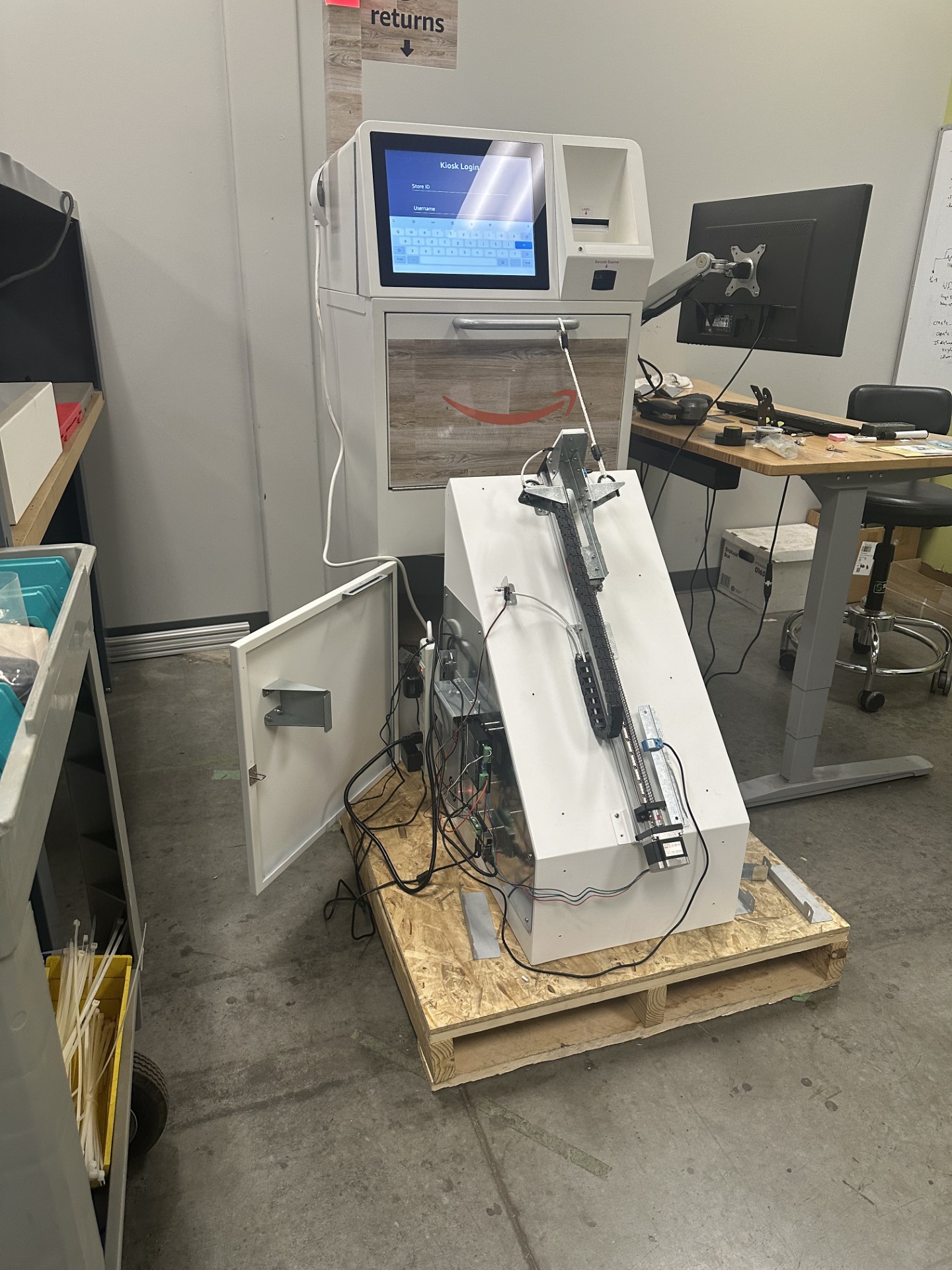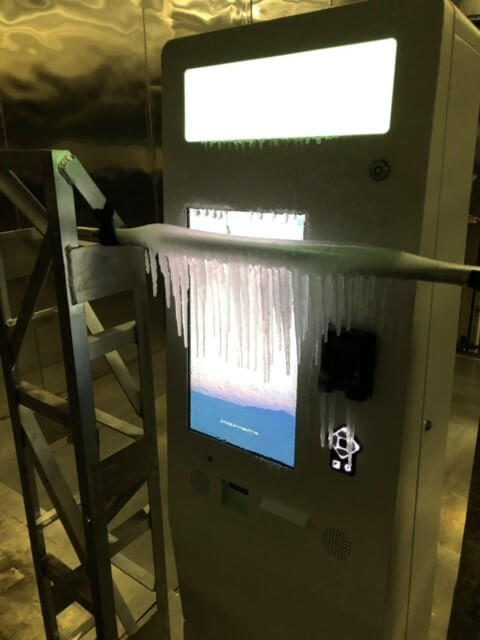

Connect with patients where they are
Telehealth kiosks improve the customer experience by enabling interaction with a specialist or expert that can serve multiple sites at once. Telehealth kiosks can help by providing patient access to specialized care. This is especially important in rural and underserved areas, where driving to see a specialist may take most of a day.
Healthcare specialists are often needed after a visit to a primary care doctor to help diagnose and treat more complex problems. These specialists are typically not located in the same building as a primary care doctor, and scheduling an appointment can often involve an inconvenient drive for the patient. Telehealth kiosks give patients the opportunity to meet with a specialist virtually under the same roof as their primary care doctor, which is usually located nearby to their home or workplace.

Telehealth Kiosks help bridge the digital divide
The American Medical Association has reported a significant physician shortage. For patients who live in rural areas far from clinics and those who don’t have regular access to the internet, telehealth kiosks can help to bridge the digital divide.
Telehealth kiosks can also deliver on-demand healthcare to locations where doctors would typically not be present. Pharmacies are starting to adopt telehealth kiosks to expand access and provide convenience for customers. In some cases, the patient can even be prescribed a medication via a telehealth kiosk and have the prescription sent to the pharmacy, eliminating the need for the patient to visit multiple locations for their healthcare needs.
To further modernize the patient experience, healthcare facilities may consider deploying patient check-in kiosks.
Let’s talk about your healthcare solution needs.

Market Applications
Solutions for any industry
No matter the market, Kiosk applications enables digital transformation through automation platforms that are easy to use, adaptable and supported by end-to-end Managed Services using IoT real-time monitoring. Whether you need a solution for self check-in, automated returns, video conferencing or ticketing, KIOSK has a solution that transforms the customer experience.





